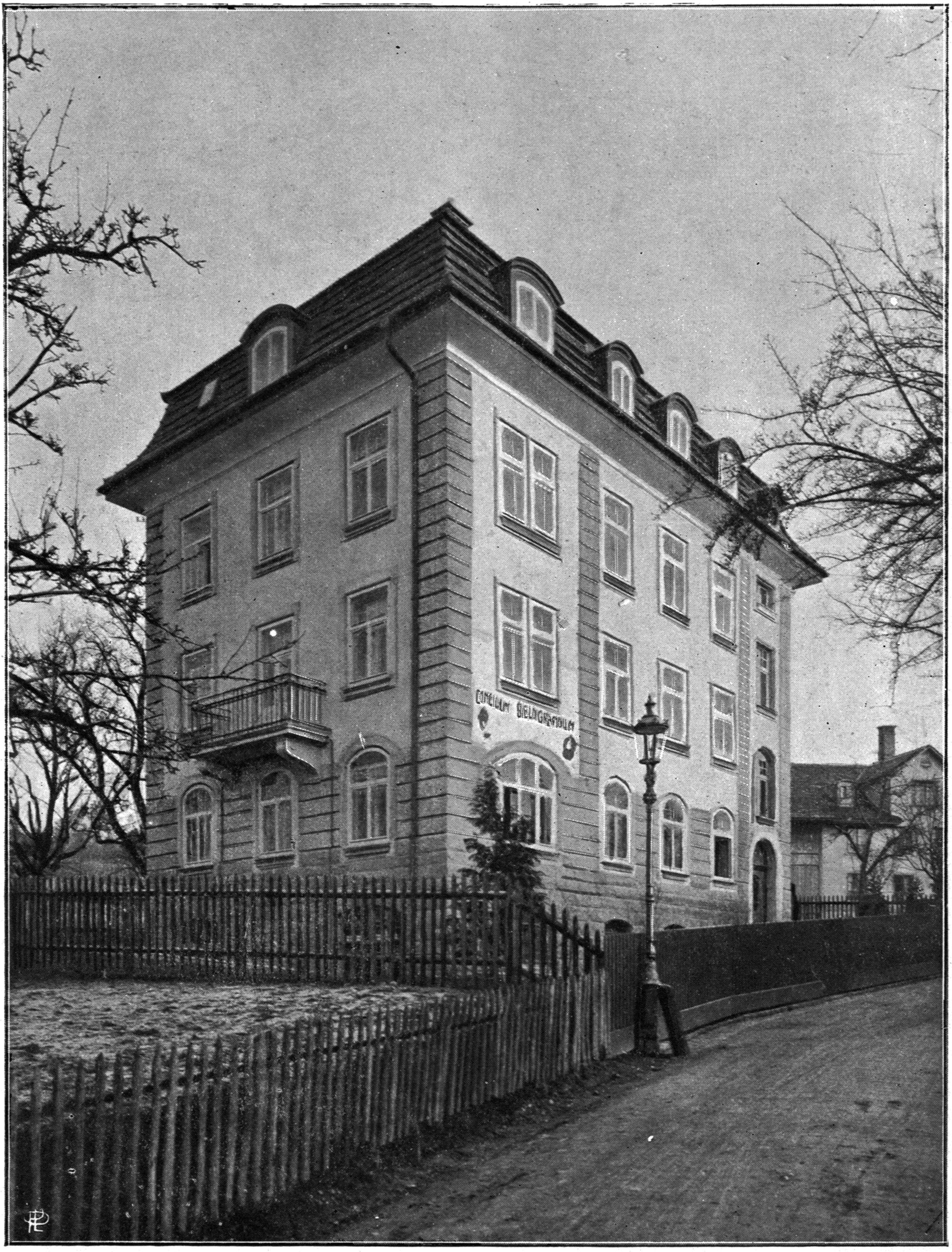Concilium Bibliographicum
 The Concilium Bibliographicum was established in Zurich, Switzerland, in 1895 by the U.S. zoologist Herbert Haviland Field in response to the lack of timely and complete bibliographies to serve the new sciences that had begun to emerge in the late nineteenth century. Initially using his own funds, Field assumed the task of surveying all science journals and to use the then new index-cards and the highly sophisticated but complex Universal Decimal Classification system to send packets, bi-weekly, to his subscribers who were each to build a cumulative card file that would allow access to complete bibliographic citations and subject identifiers for all the literature on zoology and related fields from 1895 to the present.
The Concilium Bibliographicum was established in Zurich, Switzerland, in 1895 by the U.S. zoologist Herbert Haviland Field in response to the lack of timely and complete bibliographies to serve the new sciences that had begun to emerge in the late nineteenth century. Initially using his own funds, Field assumed the task of surveying all science journals and to use the then new index-cards and the highly sophisticated but complex Universal Decimal Classification system to send packets, bi-weekly, to his subscribers who were each to build a cumulative card file that would allow access to complete bibliographic citations and subject identifiers for all the literature on zoology and related fields from 1895 to the present. Field cooperated with the grand information efforts of Belgians Paul Otlet and Henri La Fontaine who had founded the Institut International de Bibliographie (IIB) in Brussels in 1895, later renamed as (in English) the International Federation for Information and Documentation (FID). In its early years the Concilium operated as an affiliate of the IIB. Field is credited with persuading Otlet and La Fontaine to adopt the 75 x 125 mm card size. He was also responsible for developing at the Concilium the Zoology sections of the Universal Decimal Classification. Provided by Wikipedia


